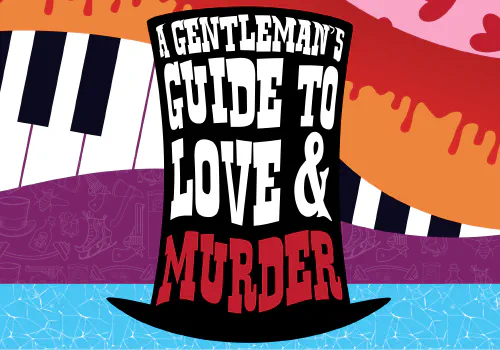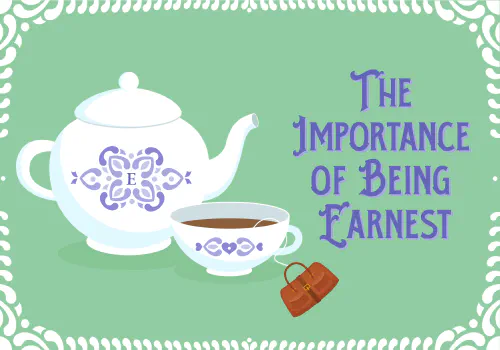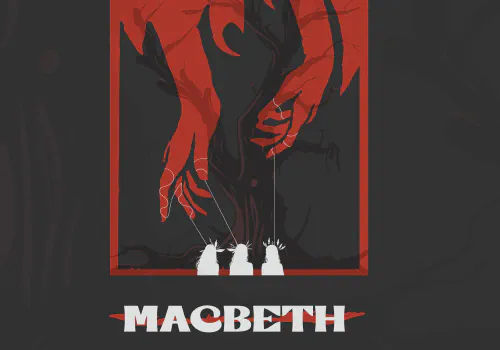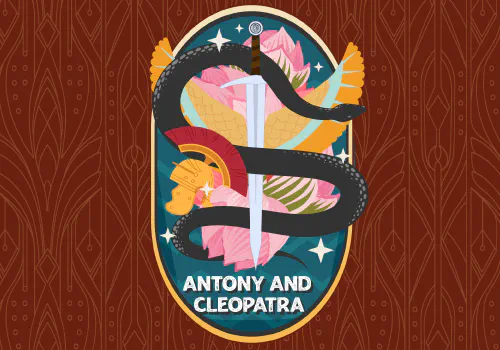OBJECTIVE
Students will explore the idea of tragedy in the context of the end of Hamlet.
UTAH CORE STANDARDS
- Reading: Literature Standard 1
- Reading: Informational Text Standard 6
- Literacy Standard L3.T.CO.1
INTENDED AUDIENCE
9th grade – 12th grade
TIME
60 — 90 minutes
MATERIALS
OUTLINE
-
HOOK
Distribute copies of the 3-panel Hamlet cartoon found on: https://goodticklebrain.com/hamlet. This three panel cartoon clearly doesn’t show the whole story of Hamlet’s arc/journey. Have students create two more panels between the ones on the sheet (so inserting a panel between 1 & 2 and 2 & 3. The two new panels should indicate events they each think are crucial in Hamlet’s character arc. They can draw their boxes below the cartoon and then fill in their boxes with artwork and text as they desire. Have students post or share their results. -
TRANSITION
Fill the class in on key events we have not read.- Overall briefest Hamlet summary from: https://www.shakespeare.org.uk/explore-shakespeare/shakespedia/shakespeares-plays/hamlet/
- A basic overview of the story touching on Hamlet’s banishment, Ophelia’s death, Hamlet’s return, and Laertes challenge can be found at: https://www.rsc.org.uk/shakespeare-learning-zone/hamlet/story/plot
- And a detailed plot synopsis can be found at: https://www.sparknotes.com/shakespeare/hamlet/summary/
-
INSTRUCTION
Bring the class back to Hamlet’s objective: What does he want in the play? (Fulfill the ghost’s command to avenge his murder.) What else do you think is important to Hamlet based on the text sections we have watched and read? (Possible answers can include: Figuring out right and wrong, not feeling imprisoned, being honest in words and actions) -
MODELING
Let’s see how all of these things tie up. Together as a class, watch the clip of the final scene of Hamlet. -
INSTRUCTION
Before any discussion of the final scene begins, have the class define “tragedy”.Have the students partner up and devise a definition of the words tragedy. Share and discuss the definitions created.
Explore some definitions of tragedy often applied to plays. The Greeks believed that tragedy was not simply bad things happening to a person (being in a car accident), but a bad conclusion for a good and moral person as a result of prideful actions or a weak character trait of a character (a car accident that injures a friend as a result of the driver choosing to text while driving).
Another definition of tragedy is a story in which the characters suffer as the world is brought back to order. The character is in the way of the world righting itself. In this definition, the main character is more reactive than active.
Another definition is the pain that comes to characters as they destroy the order of the world.
Have students consider silently the answers to the following questions: What is the tragedy of Hamlet? Prideful actions? The world brought back to balance? A character who destroys the order of the world?
Has Hamlet gained anything from this story? Compare the quiet and hurt Hamlet in the opening scene, or the confused and overwhelmed Hamlet in the middle of the story. How does he end? Does he grow? Change? How? Is there any argument to be made that it isn’t a tragedy?
-
INDIVIDUAL WORK
Scholars say Hamlet is the greatest tragedy ever written. Do the students agree? Have students write an essay answering the question: Is Hamlet a tragedy?
They should consider support questions such as:
- What actions or mindset of the main character drive the fatal conclusion?
- Are the dire results in the characters not tied to Hamlet’s actions, but to others (Claudius, Polonius, the Ghost)?
- Why is this character and play considered the greatest?
- What do audiences learn or feel in sharing his story?
ASSESSMENT
Students should have an opportunity to share 1-2 highlights of their essay.
For further assessment and to give students an opportunity to explore their interpretation of the character of Hamlet further, students could be asked to complete a CHARACTER EXPLORATION project - select one of the project ideas below to complete.
Character Brown Bag
Each student will, after thinking through Hamlet’s personality and character traits, create a Character Brown Bag. This brown grocery bag (or some such bag) will be developed by the student about the character. Pictures can be attached to the bag and objects placed inside of the bag to demonstrate character traits and interests (at least five). Make sure the student connects the objects to character traits – not just activities Hamlet might like to do.
Character Profile
Have students create a fake Facebook profile or Instagram account and complete the profile section. It needn’t be the actual social media site, but should include all of those elements. Have students create 3-5 posts from Hamlet on their page/account.
Character Time Capsule (p.72 Shakespeare: To Teach)
Students should think about important possessions Hamlet might have. Select five of those items that would be of lasting significance and “place them” in a time capsule to be seen one hundred years from now. Write a couplet (two-line rhyming poem) to accompany each item.
Character’s Letter to Loved One
Have students pick a moment from Hamlet’s journey to focus on. Have them write a letter to a specific loved one (parent, child, best friend, etc.) about that moment. Or rather than a letter it could be a blog post.
Character Performance
Have students choose one of Hamlet’s soliloquies or have a pair of students pick a scene to perform (Hamlet and another character). It needn’t be memorized if the actors are familiar with the script and use it only as a reference. This could also be filmed and shared with the class via screen/projector.
ENRICHMENT
Video: Approaching Hamlet: Part 5










